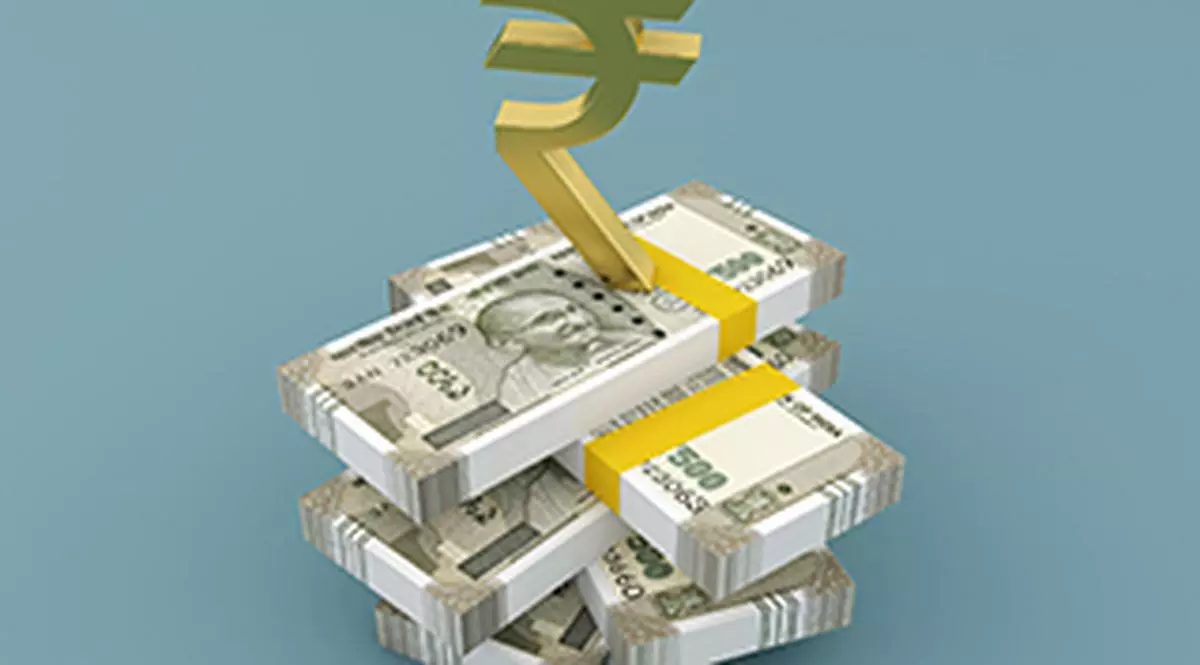The world, including India’s partners in the Indo-Pacific QUAD, including the United States, Japan and Australia are closely monitoring New Delhi’s move as it starts getting import orders from Russia. Sources said India’s exports to Russia, notwithstanding the sanctions, will rise in the coming months as the two countries inch closer to kick off the rupee ruble payment mechanism.
According to a Reuters report, Moscow is already looking to purchase at least 500 different products which include parts for cars, aircraft and trains from India, which has discounted purchasing oil from Russia.
Russian energy major Gazprom has already opened a special rupee account with public sector UCO Bank to ease transactions in the Indian currency. India has been purchasing Russian oil at a discounted rate but once the mechanism kicks off, Moscow’s imports from New Delhi will increase.
External Affairs Minister S Jaishankar who visited Moscow last month to attend a meeting of the bilateral Inter-Governmental Commission on Trade, Economic Scientific, Technological and Cultural Cooperation (IRIGC-TEC), underlined the need to boost exports to Russia.
Ajay Sahai, director general and CEO, Federation of Indian Export Organisations (FIEO) said that Indian exporters have started getting “enquiries” but for these to materialise into trade pacts, the payments framework has to be in place.
“Indian exporters are still unsure about the sanctions. There are several Russian entities which are under sanctions, so our exporters are doing their due diligence before signing up,” Sahai said, adding that eventually Russian imports would have to increase once the rupee-ruble payment system starts.
A report published by the Observer Research Foundation (ORF) highlighted that “New Delhi will have to continue to navigate its partnerships at a time when trust between Russia and the West has plummeted to its nadir.” “When Prime Minister Narendra Modi publicly told Russian President Vladimir Putin that now was ‘not a time for war’ on the sidelines of the Shanghai Cooperation Organization’s summit in September, it was widely reported across the world and was quoted by many western leaders to underscore the pressure the world was under due to the conflict.
The Russian government on its official website has emphasised that enhancing trade and economic cooperation between New Delhi and Moscow will remain “a key priority for the political leadership of both the countries”.
While the two countries had set a target of increasing bilateral investment to $50 billion and bilateral trade to $30 billion by 2025, sources said that these would be achieved much earlier.
Meanwhile, Russia Briefing noted that the Eurasian Economic Union (EAEU) comprising Russia, Armenia, Belarus, Kazakhstan and Kyrgyzstan is also exploring the possibility of carving out a common payment system with the BRICS block. Brazil, Russia, India, China and South Africa are members of this “informal” block.
The EAEU’s regulatory body envisages the issuance of a single payment card within the two trade blocs. That would unite the national payment systems of its member states, including Russia’s Mir, China’s Union Pay, India’s RuPay, Brasil’s Elo and others, it said.
Amid shifting geopolitics, the importance of BRICS is rising despite severe issues relating to the tension between India and China.
Also read: India joins Russia and Iran to form Moscow backed troika on Afghanistan
Jaishankar’s visit to Russia shows India’s growing self-confidence on the global stage




















